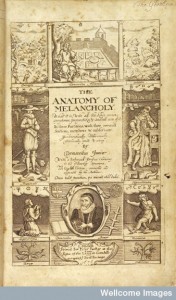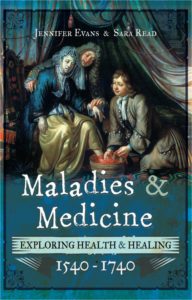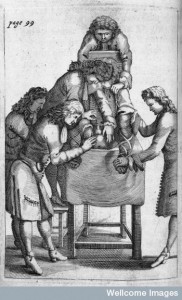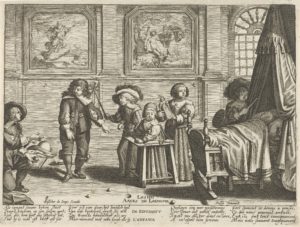
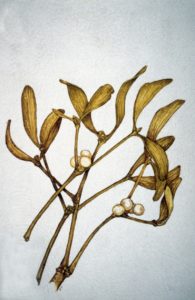
Christmas is drawing ever closer and people are decorating their homes, soon, I’m sure, we will start to see sprigs of mistletoe hanging from door frames. We all know that two people under the mistletoe are supposed to kiss. But in the early modern period mistletoe (or misletow, misletoe) was also thought to be a useful medicinal plant.
In 1730 John Colbatch published an entire Dissertation Concerning Misletoe describing it as ‘a Wonderful Specifick Remedy for the Cure of Convulsive Distempers’.1 As he explained in the introduction
It would be highly criminal in me to let another Misletoe Season pass, without informing the World what a Treasure God Almighty has every Year presented to their View; and that nobody, at least very few, have received any Benefit from it
He explained that the Bills of Mortality (printed lists showing what people had died of in London) revealed that convulsions caused a fifth of all deaths, mostly in children. Thus it was imperative that everyone was informed about this ‘Wonderful’ medicine that offered hope to parents.
Colbatch explained that he was moved to his discovery after witnessing the slow decline of a family member, over four or five years, who was suffering from an epileptic condition. Then,
Being one day upon a Journey, I saw some Hazel-Trees plentifully stock’d with Misletoe. It immediately enter[e]d into my Mind, that there must be something extraordinary in that uncommon beautiful Plant; that the Almighty had design[e]d it for farther and more noble Uses, than barely to feed Thrushes, or to be hung up superstitiously in Houses to drive away evil Spirits
He decided that mistletoe growing on Oak trees was probably most useful to mankind. He, therefore, began to investigate further and decided that it would be especially good for curing epilepsy and convulsions. This was a revelation as – according to Colbatch – mistletoe had not previously ‘esteem[e]d or regarded’ for medicinal virtues. He happily concluded that mistletoe growing on any tree would be beneficial, although that growing on oak trees was superior. He happily reported that he had stopped the seizures of the youth that had moved him to investigate the plant in the first place.
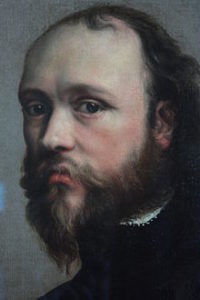
Despite his claim that mistletoe was not thought to possess any medical properties, Colbatch noted that Robert Boyle had cured a young women of epilepsy using powder mistletoe. Likewise the Remaining Medical Works of that Famous and Renowned Physician Dr. Thomas Willis (1681) included two remedies for convulsive conditions that included mistletoe. For a convulsive cough ‘most familiar to children’ the author recommended that ‘decococtions of the root of Peony, Misletow of the Oak, also of Hyssop, help many.’2 Likewise the Choice and Experimented Receipts in Physick and Chirurgery attributed to Sir Kenelm Digby recommended mistletoe dried in an over and beaten to a powder, taken in a drink of Cowslip water, to cure people of the falling sickness.3
Far from being a wonderful discovery then, it seems that Colbatch was reciting and embellishing (by adding the various kinds of mistletoe and advocating it as a simple – or single – remedy) on mistletoe’s widely accepted reputation as a wonder for helping
_______________
1. John Colbatch, A dissertation concerning misletoe: a most wonderful specifick remedy for the cure of convulsive distempers. … The fifth edition (London, 1730).
2. Thomas Willis, The remaining medical works of that famous and renowned physician Dr. Thomas Willis (London, 1681).
3. Kenelm Digby, Choice and experimented receipts in physick and chirurgery (London, 1675).
